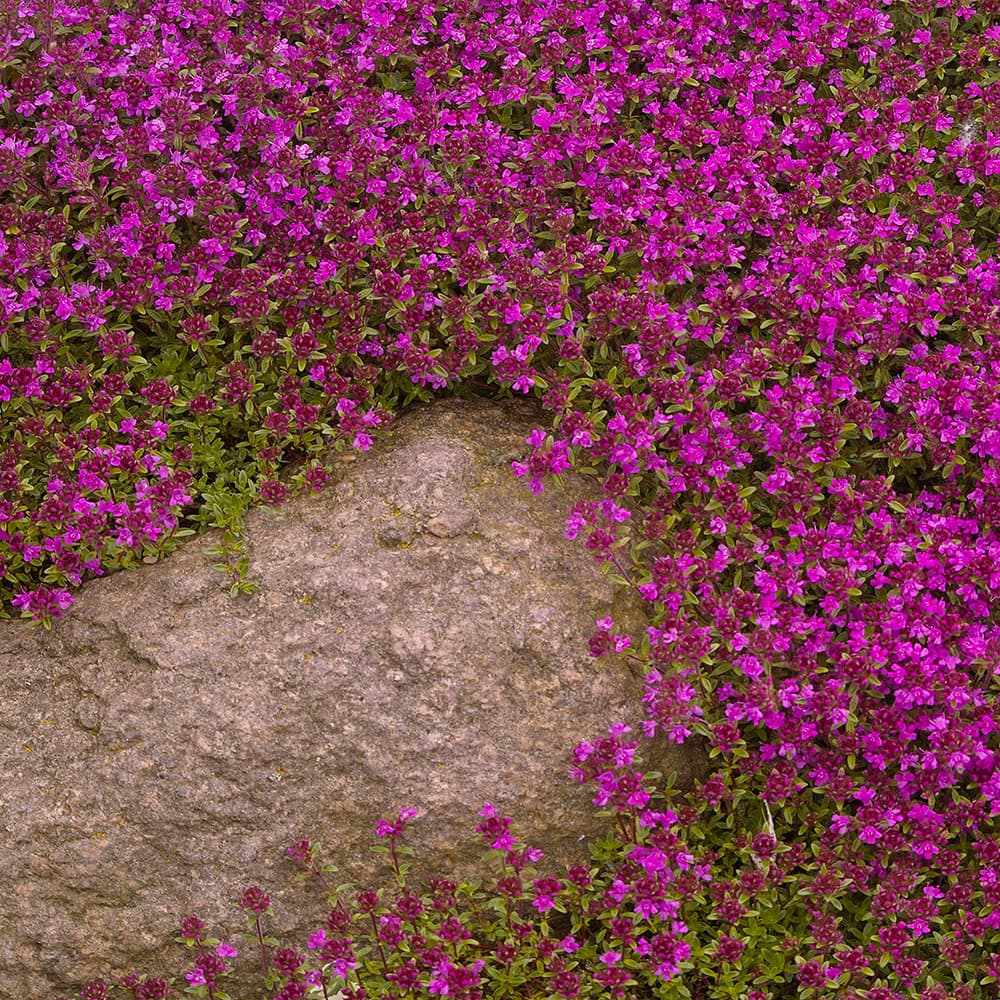

Thymes are always at home in rock gardens, walls, and on rocky slopes. Under caraway thyme ( Thymus herba-barona ‘Minus’ and ‘Longwood’), I plant summer-flowering bulbs like alliums, lilies, and spider lilies, which grow happily without being smothered by the thymes. Because they are resilient, I walk on the mats to weed, deadhead, and complete other maintenance tasks.

Their fuzzy, gray foliage makes an attractive carpet creeping over a dark-stained railroad tie.Ĭreeping thymes enliven the transition from pathways to perennial beds, where they spread into my wide borders. Photo/Illustration: John Glover Woolly thymes prefer dry climates and good air circulation. Many cultivars are tough enough to withstand occasional foot traffic along garden paths. Scent under foot and in the perennial borderĬreeping thymes provide fragrance underfoot. When I tread on them, their distinctive fragrance adds a sensual dimension to a garden stroll.įor more thyme varieties, check Fine Gardening‘s Plant Guide. I especially enjoy the prostrate varieties planted among paving stones in paths and terraces that spill into my perennial borders. They are separated into two groups: prostrate, which grow less than 3 inches high and resemble lush, sun-loving mosses and mounding, which form undulating, green or silver carpets that are more than 3 inches high. My favorites are the creeping thyme cultivars, which present a wealth of choices for unusual, aromatic ground covers. Most are hardy to Zone 5 (–20☏) with winter protection. More than 150 thymes are commercially available, with hardiness ranges from USDA Hardiness Zones 2 (–50☏) to 10 (30☏).

Photo/Illustration: Lee Anne White/Positive Imagesįor the past 20 years, I have grown many thymes at my Pennsylvania herb farm, and I add new ones every season. You can also tuck thyme into stone walls and in rock gardens. Here, a creeping thyme softens a stone walk. Cracks and crevices provide ideal growing conditions for thyme.


 0 kommentar(er)
0 kommentar(er)
